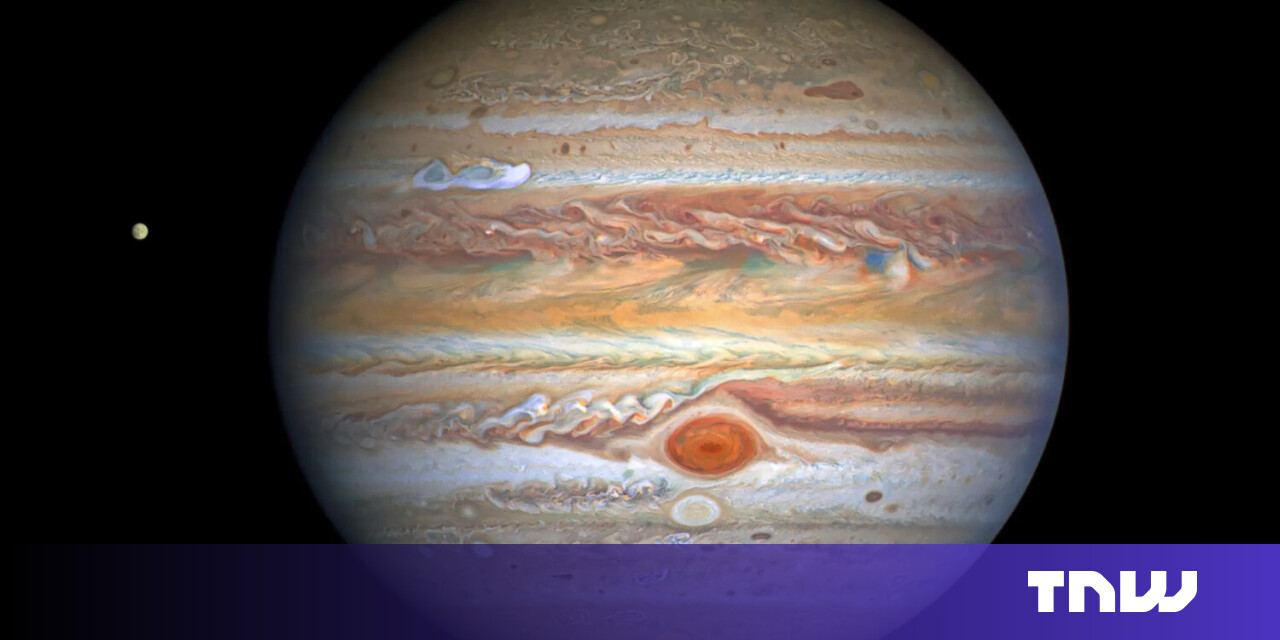
USB-C was developed as a robust multi-function standard that would finally let a single industry-supported jack provide high-wattage power and super-fast data. In the fuss about the transition from USB Type-A and Apple’s original MagSafe and MagSafe 2 magnetic laptop charging system, the joy of a single cable may be lost.
A hallmark of USB-C is that you can plug any USB-C plug into any USB-C jack. The jacks on two devices negotiate what they have in common. Sometimes, this is terrible, like 480Mbps with active Thunderbolt 3 cables and USB-C charge cables instead of 10 to 40Gbps! Other times, it’s great, such as not worrying about the wattage of cables, chargers, or laptops when plugging them all together.
All Thunderbolt 3 and 4 cables connected between two Thunderbolt 3 or 4 ports can pass up to 100 watts. With USB 3.x or USB4 on either end, the maximum could be 60W, but it depends, as with everything.
Regular USB-C charging
Apple has released laptops with USB-C starting in 2015 that can take a maximum of anywhere from 29W to 100W over standard USB-C.
It’s important to note:
- If you’re using a 60W USB-only USB-C cable, the cable won’t try to pass more than 60W.
- If you’re using a USB-C charger that could deliver more wattage than your Apple laptop can manage, the charger won’t pass wattage at that level to your computer. Your computer is also designed to prevent charging at too high a wattage.
The only variable in this equation is the cable itself. In the early years of USB-C, some cables were made cheaply by largely unknown companies at a time USB-C cables were quite expensive and in short supply. Now, I’d argue sticking with a well-known name, like Belkin or Other World Computing, that have a known manufacturing reputation and can be reached in the event of a problem.
MagSafe 3 charging
Apple muddied the water slightly with the 2021 introduction of its 14-inch and 16-inch MacBook Pro models with MagSafe 3, the replacement for its earlier laptop options. MagSafe 3 cables have Apple’s latest proprietary connector at one end and USB-C on the other. Those models of MacBook Pro, as well as the 2022 MacBook Pro, either come with a high-wattage adapter or you can upgrade to one with lower-end models: that’s 67W for the MacBook Air, 96W for the 14-inch MacBook Pro, and 140W for the 16-inch MacBook Pro.
If you use a 96W adapter, whether with a MagSafe 3 or USB-C-only cable with a 14-inch MacBook Pro or 2022 MacBook Air, it engages a fast-charging mode that Apple says can take your Mac to 50 percent charge in no more than 30 minutes. (To avoid overcharging the lithium-ion battery, this fast charging throttles at 50 percent charge.)
With a 16-inch MacBook Pro, you must have both an Apple 140W charger and a MagSafe 3 cable to achieve fast charging. In any other scenario, charging maxes out at 100W.
This Mac 911 article is in response to a question submitted by Macworld reader Nicholas.
Ask Mac 911
We’ve compiled a list of the questions we get asked most frequently, along with answers and links to columns: read our super FAQ to see if your question is covered. If not, we’re always looking for new problems to solve! Email yours to [email protected], including screen captures as appropriate and whether you want your full name used. Not every question will be answered, we don’t reply to email, and we cannot provide direct troubleshooting advice.






